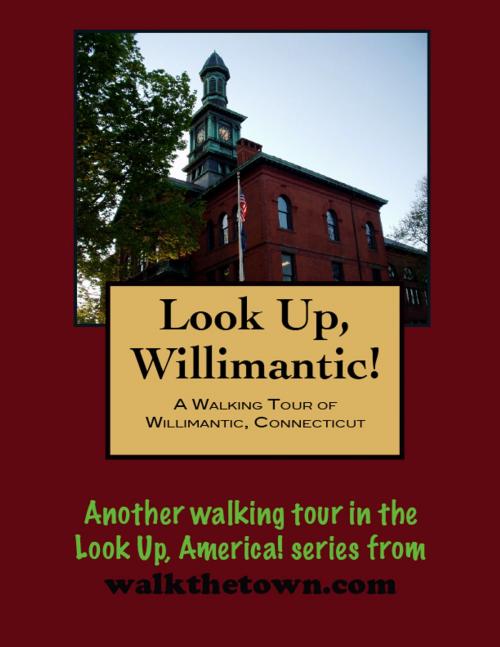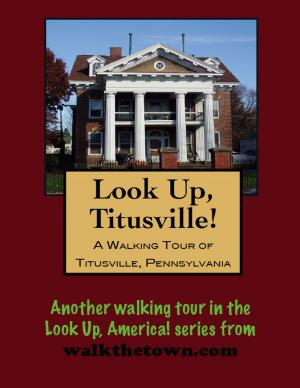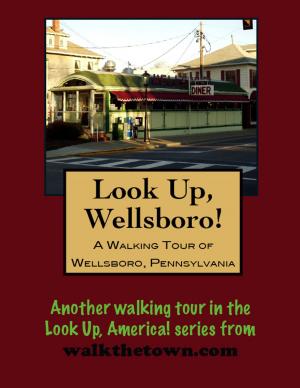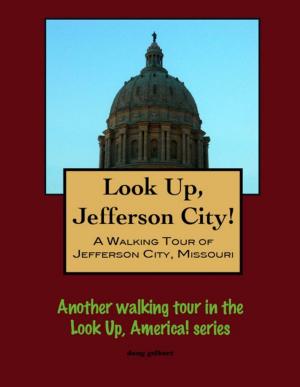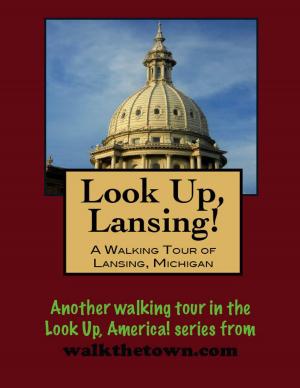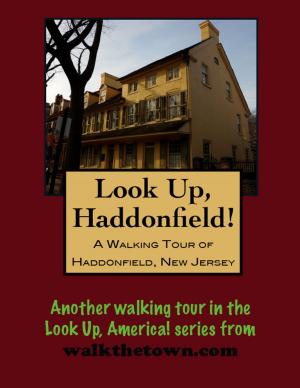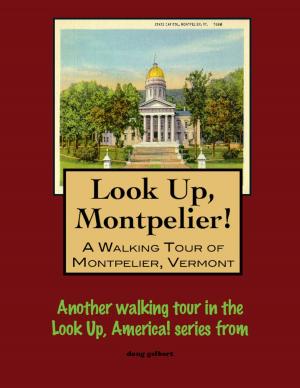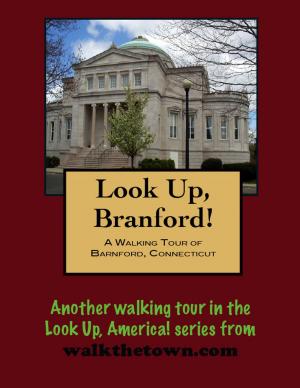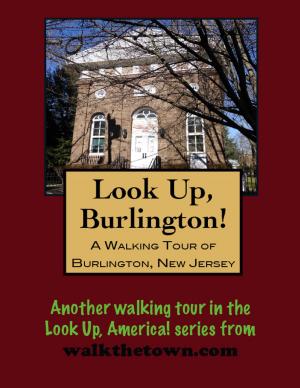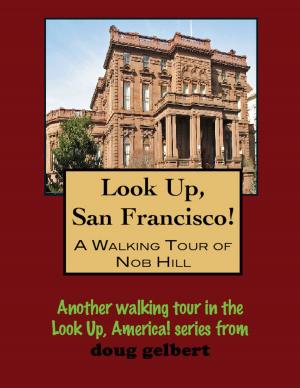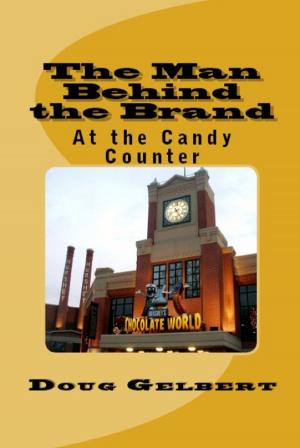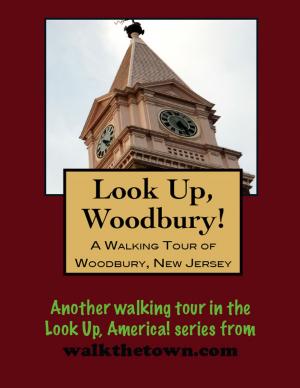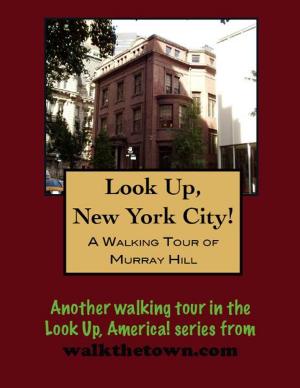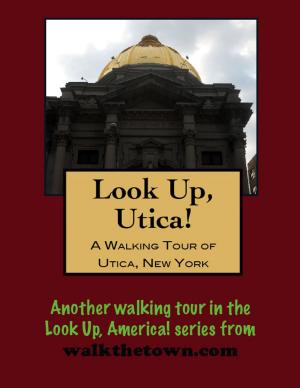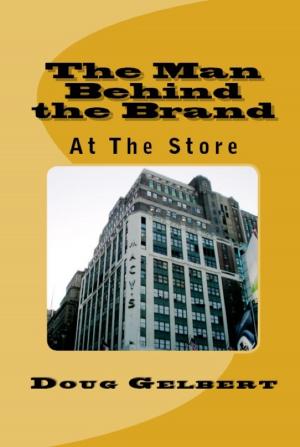| Author: | Doug Gelbert | ISBN: | 9781458119131 |
| Publisher: | Doug Gelbert | Publication: | March 2, 2011 |
| Imprint: | Smashwords Edition | Language: | English |
| Author: | Doug Gelbert |
| ISBN: | 9781458119131 |
| Publisher: | Doug Gelbert |
| Publication: | March 2, 2011 |
| Imprint: | Smashwords Edition |
| Language: | English |
There is no better way to see America than on foot. And there is no better way to appreciate what you are looking at than with a walking tour. This walking tour of Willimantic, Connecticut is ready to explore when you are. Each walking tour describes historical, architectural landmarks, cultural sites and ecclesiastic touchstones and provides step-by-step directions.
Every tour also includes a quick primer on identifying architectural styles seen on American streets.
“Williamantic” is an Algonquin Indian word meaning roughly “land of the swift running waters” - an appropriate appellation since the 90-foot drop in the Williamantic River from the town’s western edge to its junction with the Natchaug River has shaped the town from the very beginning. Those first mills were built back in 1706. In 1822 pioneer cotton spinner Percy O. Richmond purchased water rights here and soon there were six mills humming along the river.
In 1849 the railroad arrived in Willimantic and five years later the iron horse brought a group of Hartford capitalists to the banks of the Willimantic River looking to manufacture linen, napkins and shoe threads. At the same time, however, the Crimean War broke out and the new Willimantic Linen Company was forced to develop new technologies for the making of fine threads. This they did well enough that they earned the highest award at America’s Philadelphia Centennial Exposition in 1876. In 1898 the company merged with the American Thread Company which was soon operating the largest manufactory in Connecticut. Willimantic had earned the moniker “Thread City.”
All this prosperity translated in the late 1800s into fine residential neighborhoods on the hills above the mills and a bustling Main Street. There were commercial blocks built in the finest architectural styles of the day, fashionable hotels with over 100 rooms and powerful banks. The Loomer Opera House was considered the finest entertainment venue between Hartford and Providence. Buffalo Bill Cody, Charlie Chaplin and Stan Laurel all appeared in Willimantic.
American Thread left town in 1985 and Willimantic lost its economic engine. It also lost its government; in 1893 the city was incorporated as a section of the town of Windham. In the 1980s the government dissolved and Willimantic was folded back into Windham.
Our walking tour will begin down by the “swift running waters” among the souvenirs left behind by the mills that spawned “Thread City”...
There is no better way to see America than on foot. And there is no better way to appreciate what you are looking at than with a walking tour. This walking tour of Willimantic, Connecticut is ready to explore when you are. Each walking tour describes historical, architectural landmarks, cultural sites and ecclesiastic touchstones and provides step-by-step directions.
Every tour also includes a quick primer on identifying architectural styles seen on American streets.
“Williamantic” is an Algonquin Indian word meaning roughly “land of the swift running waters” - an appropriate appellation since the 90-foot drop in the Williamantic River from the town’s western edge to its junction with the Natchaug River has shaped the town from the very beginning. Those first mills were built back in 1706. In 1822 pioneer cotton spinner Percy O. Richmond purchased water rights here and soon there were six mills humming along the river.
In 1849 the railroad arrived in Willimantic and five years later the iron horse brought a group of Hartford capitalists to the banks of the Willimantic River looking to manufacture linen, napkins and shoe threads. At the same time, however, the Crimean War broke out and the new Willimantic Linen Company was forced to develop new technologies for the making of fine threads. This they did well enough that they earned the highest award at America’s Philadelphia Centennial Exposition in 1876. In 1898 the company merged with the American Thread Company which was soon operating the largest manufactory in Connecticut. Willimantic had earned the moniker “Thread City.”
All this prosperity translated in the late 1800s into fine residential neighborhoods on the hills above the mills and a bustling Main Street. There were commercial blocks built in the finest architectural styles of the day, fashionable hotels with over 100 rooms and powerful banks. The Loomer Opera House was considered the finest entertainment venue between Hartford and Providence. Buffalo Bill Cody, Charlie Chaplin and Stan Laurel all appeared in Willimantic.
American Thread left town in 1985 and Willimantic lost its economic engine. It also lost its government; in 1893 the city was incorporated as a section of the town of Windham. In the 1980s the government dissolved and Willimantic was folded back into Windham.
Our walking tour will begin down by the “swift running waters” among the souvenirs left behind by the mills that spawned “Thread City”...
